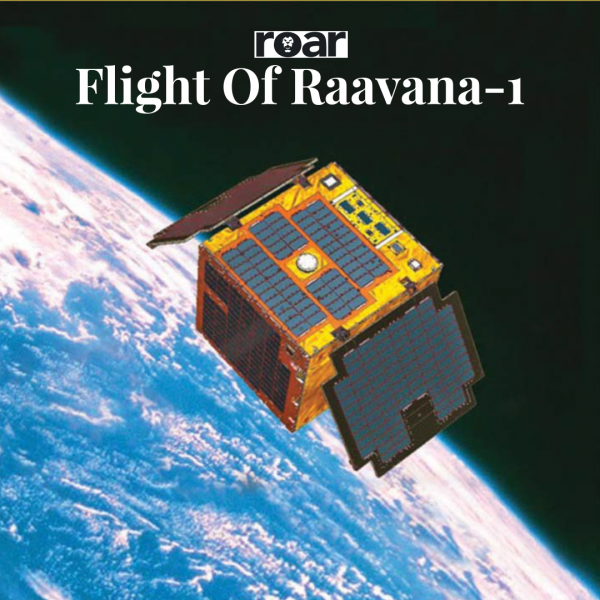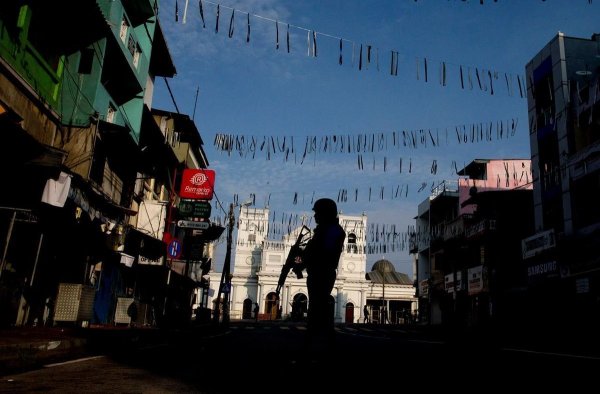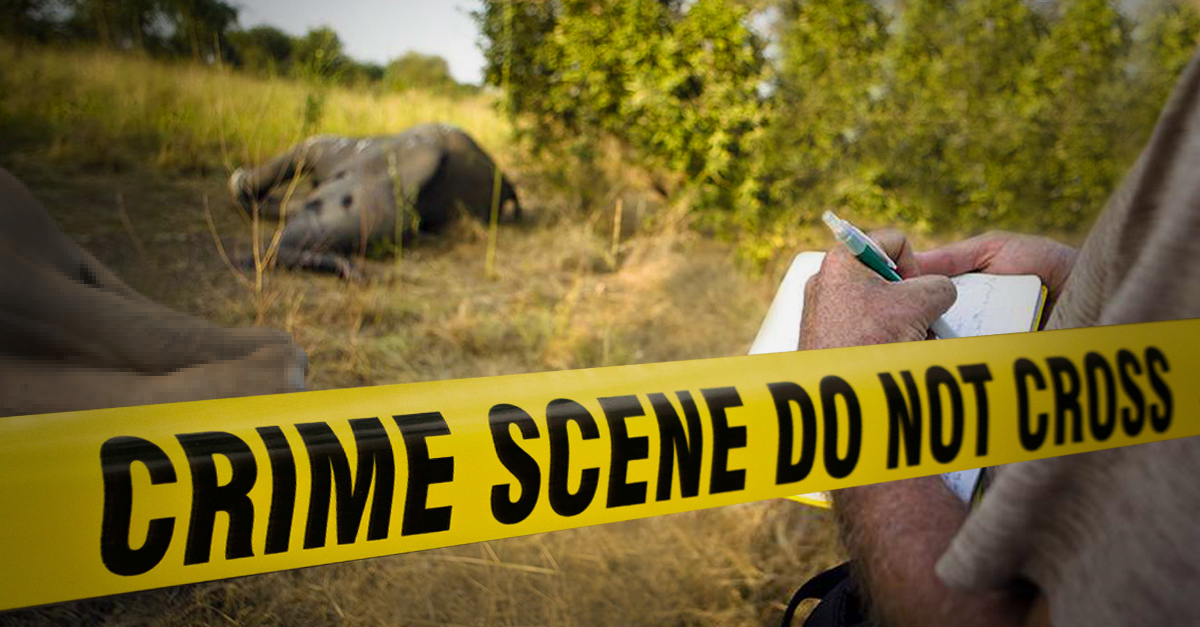
Approximately 40,000 elephants are poached annually. With a global elephant population of less than 500,000, it is no surprise the numbers are dropping exponentially every day. It is believed that for every 15 minutes, an elephant is killed in Kenya for its ivory. Needless to say, the number of prosecuted poachers are nothing close to the number of casualties; reason being the difficulty in catching them in the act. And these are just elephants we are talking about; a number of species, around the world are endangered or at the brink of extinction due to the effects of poaching.
Earlier this year, a group of scientists published a paper on a study of how poached ivory is transported from one country to another by elephant poachers and export cartels. Researchers conducted the study by examining genetic data extracted from seized elephant ivory and tracing it back to the animal’s country origin thus connecting it to transnational trafficking crimes.
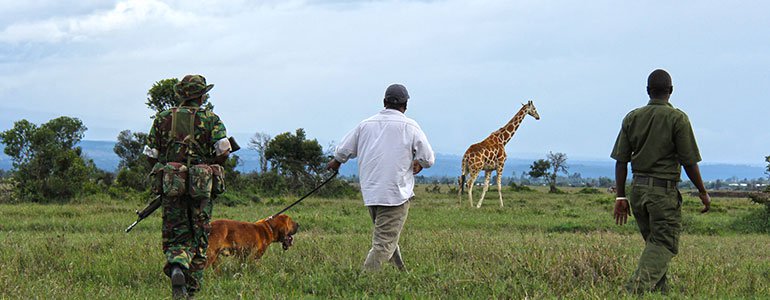
Image credit: Ravi Perera.
Law Of The Jungle
Wildlife forensics and the aforementioned method of DNA tracking, is a relatively new field in science. However, it has proved its worth in law enforcement against the ever-expanding transnational crime of poaching and flora/fauna trafficking.
Counter poaching mechanisms that are prominently dependent on wildlife forensics have become essential in law enforcement, and is widely practiced in the African plains plagued by poachers and wildlife traffickers. These mechanism include the identifying necessary evidence in prosecuting suspects in a scientific manner, in a court of law.
In a recent public lecture organised by the Wildlife and Nature Protection Society (WNPS), Ravi Perera—a hardboiled Crime Scene Investigator active in Kenya and founder of Serendipity Wildlife, announced the need to initiate a similar mechanism project in Sri Lanka.
In his lecture, he noted how Kenyan poachers escape prosecution more often than not due to the lack of evidence. “The poachers after hunting down elephants or rhinos discard the weapons that were used in the act. Even if the weapon is found by the authorities, unless it’s forensically analysed, it would not assist the case against the criminals. This becomes a serious problem when dealing with the issue,” he said. The most common method of poaching elephants in Sri Lanka is shooting, while wild boars are poached using firearms as well as hakka patas. Suspects once arrested, on almost all cases, are released on fines.
As a result of the increased poaching, he claimed, the West African rhinos have become nearly extinct, making poachers move towards the Eastern parts of the continent.
“Poachers are paid a meagre USD 200 for a rhino horn which is subsequently sold for a much higher price.”
According to him Sri Lankan game hunting and poaching is primarily done for the sale of meat or other organs; while in Kenya, animals are also poached for personal consumption, trafficking, and exportation.
Environmental lawyer, Jagath Gunawardena, told Roar Media that certain plants and animals in Sri Lanka are protected from poaching under the supreme provisions of the Flora and Fauna Ordinance. Article 30 of the Ordinance dictates the illegality of poaching protected species under any circumstance, and doing so could lead to the arrest of the suspect without a warrant upon which he/she could face a prison sentence for upto two years, and a fine between Rs. 20,000 – Rs. 50,000.
“However,” he emphasised, “the mechanism in which it is implemented is not strong enough.”
Gunawardene highlighted that poaching, while not so prominent in Sri Lanka when compared to other countries, sees an increase during the dry periods of the year. “Poaching is reported during the drought seasons of the first and third quarters of the the year. During a drought, animals tend to travel in open spaces looking for water; this makes them vulnerable to poachers.”
According to Gunawardene, the priorities of the local poacher lies in selling the meat. Wild boar and deer meat are sold to restaurants and individuals and it is only rarely that poached meat is used for domestic consumption.
CSI Wildlife
Ravi Perera emphasised on a number of methods in which suspects are prosecuted using forensics when it comes to crimes against wildlife.
Gunshot residue detection is one such method in which ammunition and shell casing recovered from a crime scene is used to identify suspects of a crime. In most cases, K9 units—specially trained dogs—are used to locate ammunition shells that have been left behind at a crime scene. Gunshot residue testing, which is a common method of obtaining and comparing evidence in law enforcement when it comes to ‘normal crimes’, is utilised in the same way in wildlife forensics, he said..
Referring to Kenya as an example, Perera observed how the country takes a strict stand against poaching. K9 units are common in airports and traffic posts, and are used to sniff out trafficked wildlife resources, such as ivory in luggage. In the case of Sri Lanka, most cases are reported on tip-offs and complaints made by individuals–more often, villagers, to the authorities that is either the Police or the Wildlife Department. Following which an investigation is commenced.
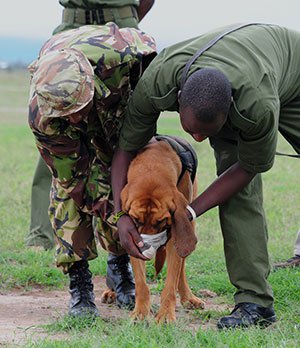
Image credit: Ravi Perera
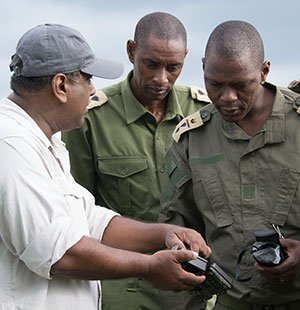
Image credit: Ravi Perera
Perera also noted that together with the WNPS, a fingerprint database exclusive for environmental crimes—poaching and its like, or in other words, any act that violates the Flora and Fauna Ordinance—is in the pipelines, and will be introduced to the country by 2019. A computerised fingerprint database active on a national scale would provide in the identification of individuals of criminal history.
According to Ranil Peiris, Vice President of WNPS, the proposal is still in conceptual stages with discussions being held with the relevant authorities. If a database is established it will function, hopefully, independent of the existing police criminal fingerprint databases, and will be maintained by the Wildlife Department; as per the proposal made by Perera and the WNPS. As of now the only fingerprint database for criminals is maintained by the Sri Lanka Police.
“Ravi Perera’s proposal is to establish a fingerprint database, much like the one utilised in the United States, with the exclusive purpose of enforcing law against criminals who perpetrate wildlife crimes. The database will assist in identifying offenders and repeat offenders. What happens most often than not in Sri Lanka is that when a poacher or any other wildlife offender is arrested, there will be a ‘mudalali’ to pay off the fine or bail charges. However, with the evidence provided through a database, repeat offenders can be identified, allowing a court of law to take necessary action.”
He noted that crimes against wildlife are not viewed with the same severity as crimes committed against people, which has led to authorities giving the former, less attention. “In addition to that, there are challenges when introducing these mechanisms to government institutions,” he said.
Poaching And Trafficking In Sri Lanka
In Sri Lanka, the wild boar, the spotted deer and the sambur, despite of being protected species, face a greater risk of being poached. Due to various complaints to the Ministry of Agriculture regarding the harmful impact the species has on farms and crops, the Government recently issued directives legalising transport and sale of wild boar meat. As a result, environmentalists have predicted that this could threaten the wild boar population in the country.
Prominent elephant expert and former Director General of the Wildlife Department, Sumith Pilapitiya revealed that only one out of five elephant deaths were related to poaching. Four of the elephant deaths were due to the Human-Elephant Conflict (HEC).
“There’s a clear cut way of recognising a poached elephant carcass: the lack of tusks, as they were cut off. And in Sri Lanka, only 5-6% of the elephant population are male tuskers, making poaching far less of a threat than HEC,” Pilapitiya said.
According to Gunawardene, there have also been instances where the barking deer and the mouse deer were poached for their meat.
Furthermore, a recent trend in poaching pangolins for their meat and scales (which are allegedly famous as an aphrodisiac in the black market, and sought for export) was witnessed in the country. Comparing this to the sudden surge in the number of incidents concerning edible bird nests of Indian Swiftlets that were illegally exported out of the country, Gunawardene noted, “these cases mushroom regularly prompting authorities to take action. However, it always has a slumbering period, when vigilance lessens through time, leading for more such cases to occur after subsequent time has passed.”
“While the poaching of thresher sharks for extreme sport has been brought under control; the poaching of turtles, whales and porpoises still remains a cause of concern. Out of all sea creatures, the Dugong has suffered the most,” opined Gunawardene.
If it is new to the world, then forensic wildlife is undoubtedly unheard of in Sri Lanka, one would assume. However, according to Gunawardene, it is essential nevertheless.
“Wildlife forensics need to be introduced and developed in the country. Training of authorities and individuals in gathering expert evidence is essential to pin down perpetrators. Such experts should be included into the governing bodies handling wildlife and fisheries with proper training. There’s no harm in adopting this. If not, when such a situation, which can be prevented through such means arise and we do not have the basics in place, we are bound to face a dilemma.”


